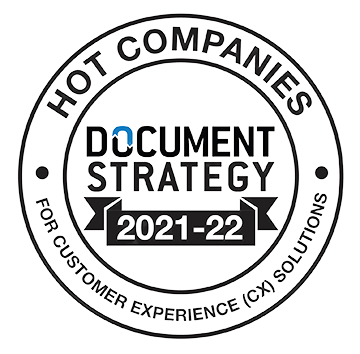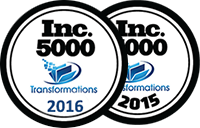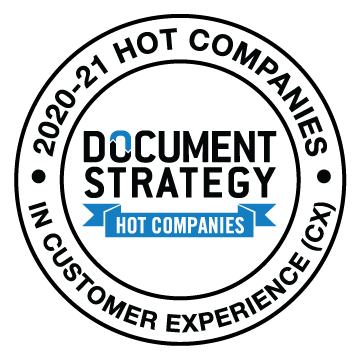THE NEW FRONTIER FOR CCM EXCELLENCE: 6 KEY CONSIDERATIONS TO ENSURE DATA SECURITY & COMPLIANCE
What can go wrong without rigorous data security and compliance? In short, everything. According to Statista, a market leader in providing reliable market, company and consumer data, cybersecurity risks are on the rise and the average cost of a data breach in the United States soared to $9.44M, marking a significant increase from $9.05M in 2021. Not only is a data breach costly, but it can chip away at your brand’s hard-earned credibility and make even your most ardent, long-time customers question their loyalty.
For industries such as insurance, financial services and healthcare, the stakes are even higher when handling sensitive documents and navigating an ever-changing regulatory landscape. In the past year, one of the country’s biggest hospital chains had a data breach that put 20 million patients at risk. In another incident, a Texas-based hospital system suffered a ransomware attack that compromised personal data like health records and social security numbers of some 500,000 people. Also in 2022, Credit Suisse, one of the largest global private banks, had a data leak impacting 30,000 clients representing $100 billion in assets.
It’s clear that data security risks are ever present and on the rise. However, with careful planning and the right customer communications management (CCM) tools, even at-risk industries can securely manage their customer communications and sensitive emails. Here are six important steps you can take to protect your data:
- Adopt a prevention mindset. To completely transform your data security and compliance, it’s critical to take a strategic, long-term view that’s laser-focused on prevention. Look for a CCM software solution that travels with the data, safeguarding it at every step to avoid a breach in the first place. As cybercrime grows, your safeguards must keep pace. SC Magazine, a resource for cybersecurity professionals, recently reported that cyber attacks on hospital systems are expected to rise in 2023. Among the reasons: inadequate IT budgets, highly incentivized hackers seeking patient data and the challenging tangle of HIPAA and other compliance issues.
- Reference the CIS Critical Security Controls standards. As you’re assessing risks, take advantage of these established industry standards from the nonprofit Center for Internet Security (CIS). Known as the CIS Critical Security Controls, the set of 18 recommended actions are designed to protect organizations and data from the most prevalent cyber attacks.
- Look for a CCM tool that’s built with data security in mind. Cobbling together products from multiple vendors complicates integration and increases the chance for data breaches. You want a comprehensive CCM platform that's built with security in mind and incorporates compliance tracking, reporting and enforcement into the core of the product.
- Be aware of industry-specific regulations. And expect more privacy laws. To meet the stringent requirements of vertical-specific regulations like HIPAA, PCI, FISMA, SSA16 and GDPR, data must be encrypted. When PHI data is encrypted, even if stolen, hackers can’t access the data without the privacy key. With consumers placing more pressure on legislators, privacy regulations are expected to increase. In 2022, state legislatures introduced nearly 200 consumer privacy bills and 5 states, California, Virginia, Colorado, Connecticut and Utah, have already enacted comprehensive privacy laws.
- Settle for nothing less than end-to-end encryption. To truly address industry-critical compliance issues, your software solution needs protection embedded into the data file, allowing it to travel through the workflow with constant encryption. Additionally, a closed-loop feature offers protection from file receipt to output management to ensure you have a log of all access. This type of intelligent protection technology provides the optimum security available and minimizes your risk of breaches and costly penalties.
- Secure the unsecured – the proof is in the audit trail. With today’s advancements, you can expect your software to offer one-click convenience for customers and delivery to multiple devices for immediate access. Even in the most highly regulated industries, secure delivery of sensitive emails is now possible. You also need a platform that offers real-time tracking capabilities for both proof of delivery and proof of access. Securing data is a worthwhile investment, especially considering the very real cost of penalties or legal action. Every GDPR violation, for example, can cost up to 4% of a company’s annual revenues or up to about $22 million.
To learn more about the latest approaches to handling sensitive data, check out our recent white paper, “Smart Delivery: Making Critical Communications Part of the Omni-channel Future,” that we commissioned from Aspire Customer Communications Services.
Back to Blogs









